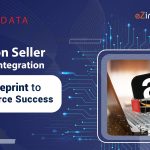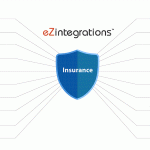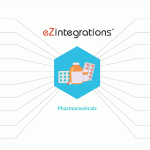No matter how many years of experience you have, business is always changing. Navigating those changes can be challenging, but the machine learning era offers unique opportunities to lean in and build up; Bizdata shows you how here.
Refresh Your Education for a New Perspective
Dealing with data and automation can feel intimidating, especially if you’re new to big data analytics. One way to ease this transition — and earn a greater return on your efforts — is by advancing your education.
For example, you can earn your master’s in data science online to get comfortable with data analytics. A degree may also help you obtain a raise or support a career change. Either way, more knowledge is a great benefit in the machine learning era.
Optimize Processes with Machine Learning
Though the human mind is an amazing tool, machines can often work faster and more accurately. That is, once they receive instructions from a human to set things off.
Instead of doing things the same way you always have, use data analysis to review processes and check for holes. Process mining is a crucial step toward improving efficiency as you improve workflows and make smart changes.
Improve Your Daily Processes with Data Analytics
With an understanding of machine learning and how to analyze data, you’re only a few steps away from improving your processes. Here are a few ways you can use advanced data analytics in your everyday tasks.
Eliminate Non-Skilled Tasks
Using automation to take over simple, repetitive tasks saves both you and the company resources; Zippia reports that on average, workers waste 21 days per year on “menial or repetitive tasks” while on the clock. Minimizing that wasted time is good for your mental health, and your employer’s bottom line.
Keep Teams Strategic
Reassigning monotonous tasks frees you up for more important business, and automating some processes and tasks could reduce hiring needs. A more efficient workflow, whether it’s guided by a human or computer, saves time — and time is, arguably, always money.
But rather than replacing humans, automation of tasks like meeting scheduling and data backup serves to keep teams small and strategic — and focused on the bigger picture rather than the minutiae.
Streamline Processes
In using augmented data analytics, a technology-driven data analysis approach, to review information, an automated system spots trends and recognizes patterns.
Over time, technology has advanced to the point where instead of outsourcing to a data scientist, teams simply run software to find the information and statistics they need.
That means faster turnaround times on projects and less back-and-forth with external teams.
Enhance Hiring Efforts
Another way that computer learning can support your business is by streamlining the hiring process. Recruiting is complicated enough without adding the human element, so software like Applicant Tracking Systems makes sense.
Oracle confirms that 99 percent of Fortune 500 companies use an ATS for hiring. Plus, most recruiters agree that ATS helps improve candidate quality (78 percent said so).
An ATS scans for specific skills or experience on resumes, and it can even eliminate hiring biases among recruiters or staff.
Self-Pace Internal Training
In any company, machine learning can help free up time and funds for recruitment efforts. Processes like onboarding can be outsourced to a computer with a sequence of logical steps, saving HR staff time and frustration.
Training can also be almost DIY with the help of automation; the company can set up training once, and it will run on its own. Whether you’re on the employer or employee side of the hiring process, automation offers greater efficiency.
Adapting to machine learning in your work might mean heading back to school or learning on the job. But the time (and frustration) you’ll save by embracing automation is worth the effort. You’ll spend less time bogged down in small details and more time looking at the bigger picture and achieving your professional goals.






